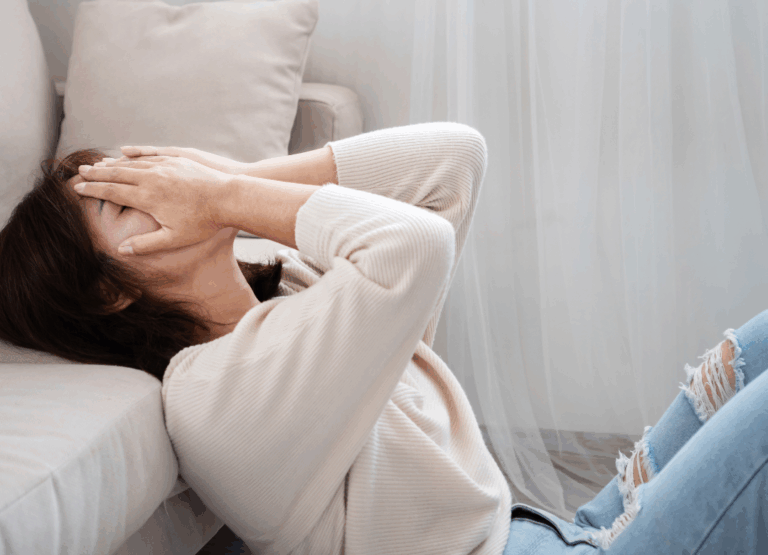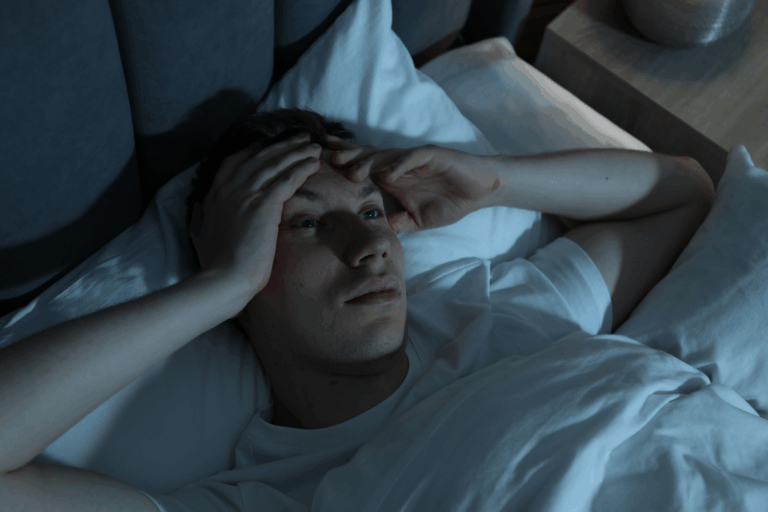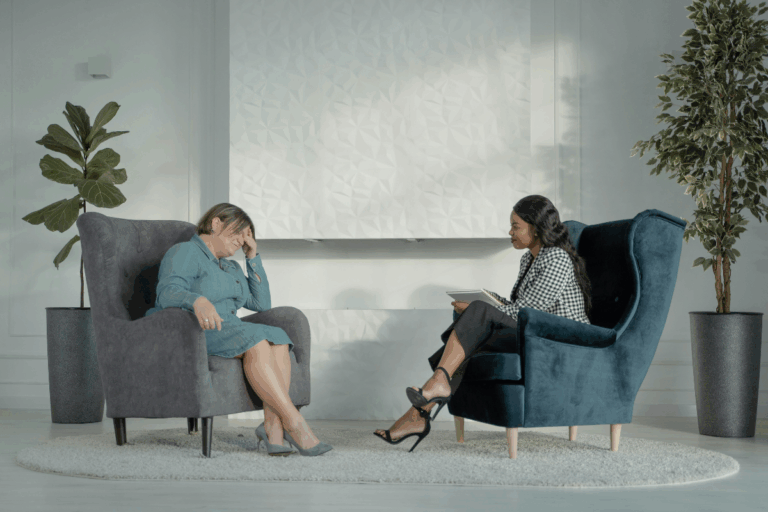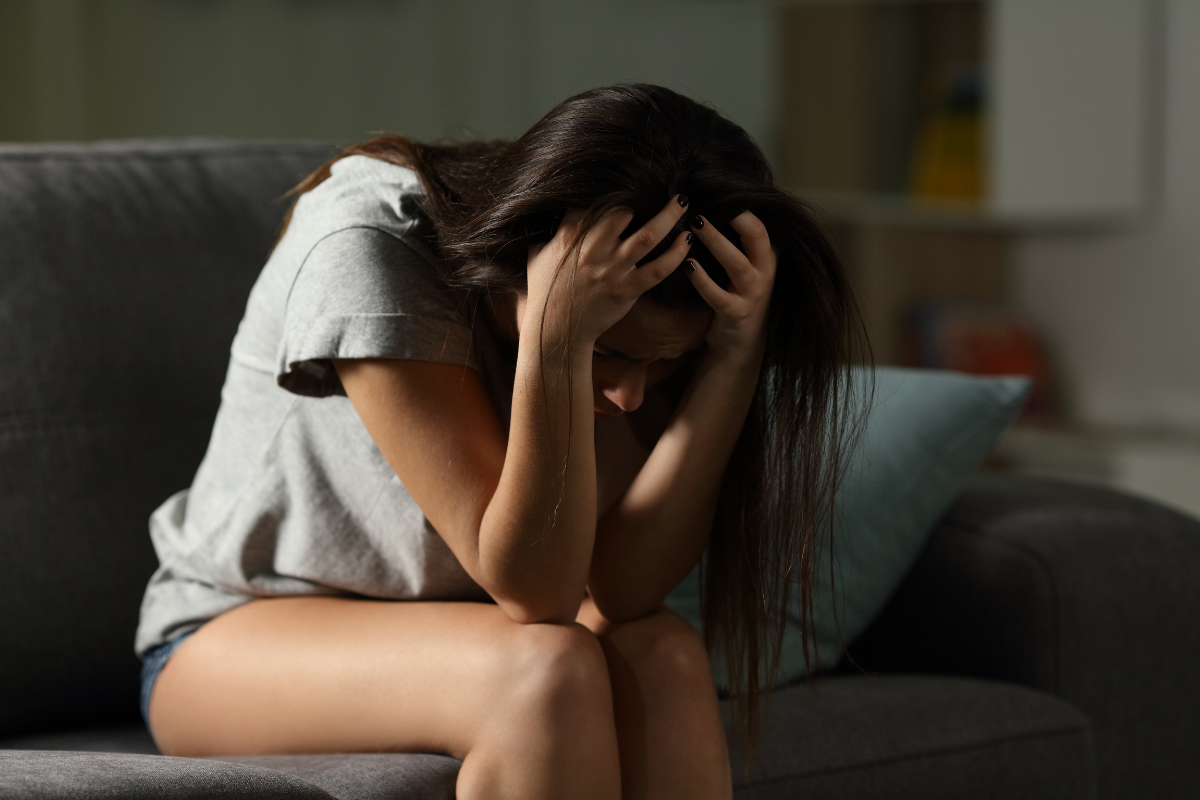
Anxiety can feel like an endless loop of what-ifs, rapid heartbeats, and a mind that just won’t slow down. While most people experience some level of anxiety from time to time, for many, it becomes a persistent companion—one that interferes with everyday functioning, sleep, relationships, and overall well-being. If you’ve ever found yourself avoiding situations, overthinking your decisions, or waking up already overwhelmed, you’re not alone. Anxiety is more common than we often admit, and the good news is—there are practical coping skills that can make a real difference.
What is Anxiety and Anxiety Disorder?
Anxiety is more than just feeling nervous before a big event or interview. It’s a natural human response to perceived danger or stress—your body’s way of preparing to protect itself. But when that response becomes chronic, exaggerated, or triggered by everyday situations, it can turn into something more serious.
An Anxiety Disorder is diagnosed when these feelings of fear, worry, or dread become persistent, excessive, and interfere with daily life. According to the National Institute of Mental Health (NIMH), nearly 31.1% of U.S. adults will experience an anxiety disorder at some point in their lives.
There are several types of anxiety disorders, including:
- Generalized Anxiety Disorder (GAD)
- Panic Disorder
- Social Anxiety Disorder
- Specific Phobias
- Separation Anxiety (more common in children but can occur in adults)
Each presents differently, but all share one thing in common: they make life feel harder than it needs to be.
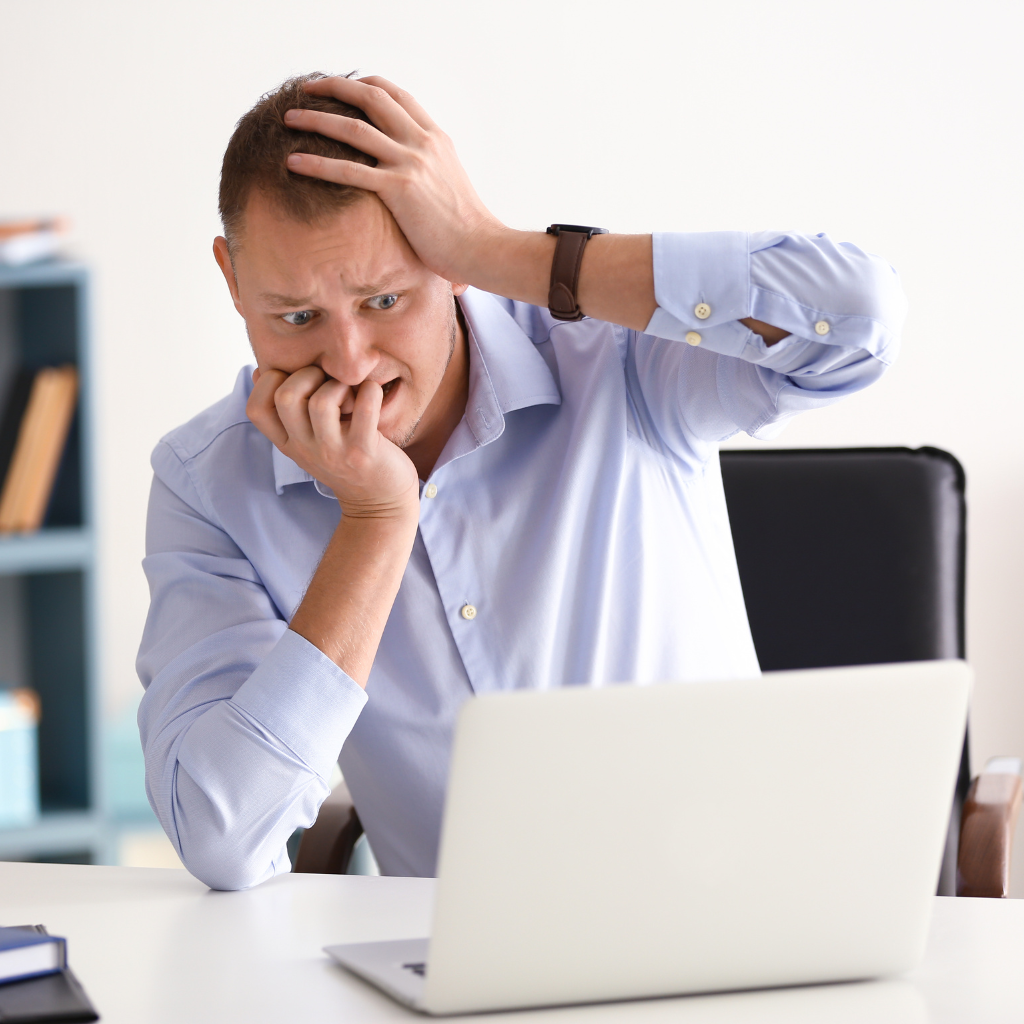
What are the Physical Symptoms of Anxiety?
Anxiety isn’t just in the mind—it’s deeply connected to our physical state. That’s why you might feel it before you even realize you’re anxious.
Common physical symptoms of anxiety include:
- A racing or pounding heart
- Shortness of breath or chest tightness
- Muscle tension (especially in the neck, jaw, or shoulders)
- Upset stomach or digestive issues
- Dizziness or lightheadedness
- Fatigue, even after a full night’s sleep
- Trouble falling or staying asleep
- Cold hands or feet due to changes in blood circulation
Sometimes, these symptoms are so intense they mimic a medical emergency, like a heart attack. Many people with anxiety visit ERs for symptoms that turn out to be panic attacks. It’s real, it’s overwhelming—and it’s treatable.
Cycle of Anxiety and Avoidance
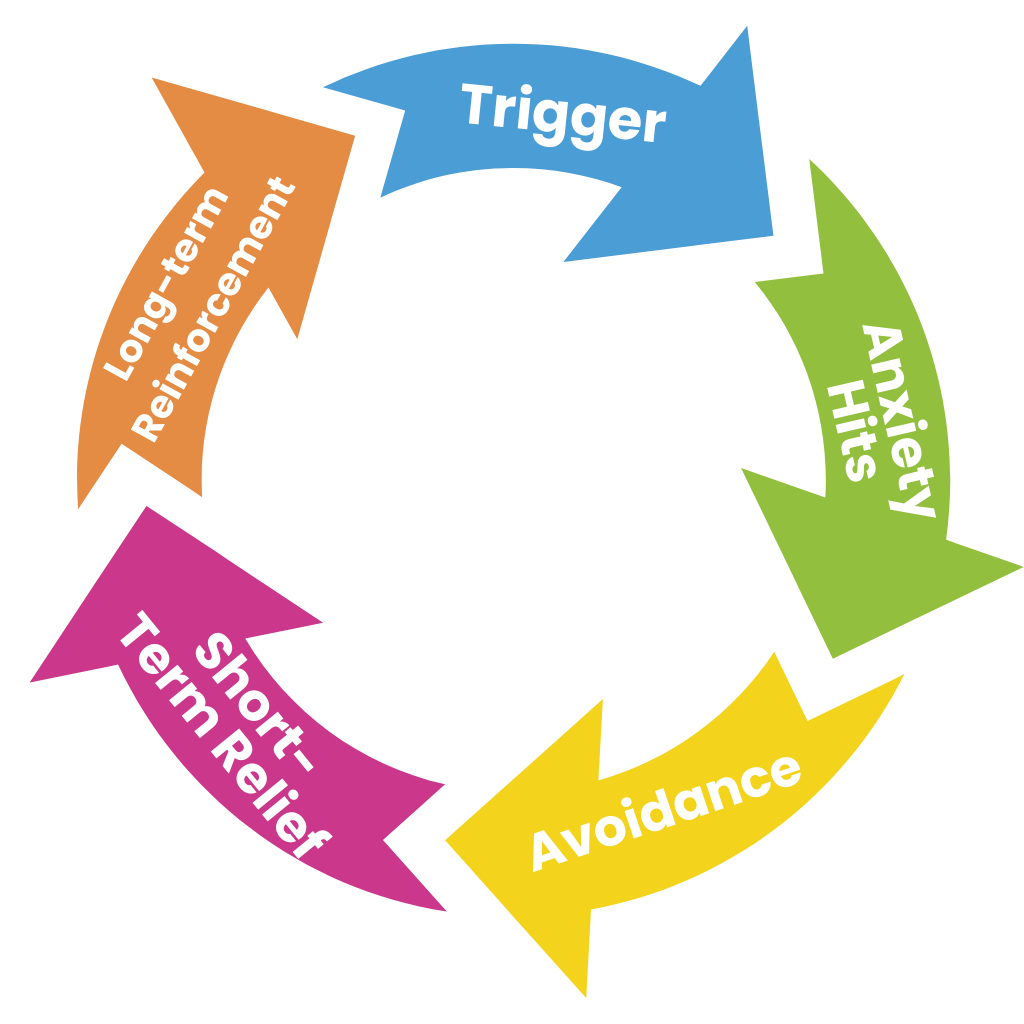
One of the most frustrating things about anxiety is how it reinforces itself. You feel anxious about something—say, public speaking—so you avoid it. That avoidance temporarily reduces your anxiety, and your brain learns that “avoiding = feeling safe.” Sounds harmless, right?
But here’s the catch: the more we avoid, the more powerful the anxiety becomes.
This is the Cycle of Anxiety and Avoidance:
- Trigger → Something makes you anxious (e.g., social events).
- Anxiety → You feel the physical and emotional symptoms.
- Avoidance → You avoid the situation.
- Short-term relief → You feel better… for now.
- Long-term reinforcement → The brain learns that avoiding is the only way to cope.
Over time, your world can shrink as more and more things begin to feel like “too much.” That’s why facing anxiety—gently, gradually, and with support—is often a key part of healing.
What are the Coping Skills for Anxiety?
Coping with anxiety doesn’t mean “stopping” it entirely. Instead, it’s about learning how to respond differently when anxiety shows up. Below are evidence-based coping skills that actually work—and you don’t need to overhaul your entire life to start trying them.
1. Breathing Techniques That Rewire the Nervous System
When anxiety strikes, your breathing becomes shallow and fast. This tells your brain you’re in danger—even if you’re not. Slowing your breath can calm the nervous system.
Try this:
Box breathing (used by Navy SEALs for stress management):
- Inhale for 4 seconds
- Hold for 4 seconds
- Exhale for 4 seconds
- Hold for 4 seconds
- Repeat 4–6 times
2. Grounding Exercises for When You Feel Disconnected
Grounding techniques help you reconnect with the present moment—especially when your thoughts spiral.
5-4-3-2-1 Technique:
- 5 things you can see
- 4 things you can touch
- 3 things you can hear
- 2 things you can smell
- 1 thing you can taste
This simple practice helps your brain shift attention away from worry and toward reality.
3. Cognitive Reframing (Because Not Every Thought is True)
Our anxious minds are really good at jumping to conclusions—often the worst ones. Cognitive reframing helps challenge those thoughts.
Example:
Instead of “I’ll mess up this meeting,” reframe it as “I’ve prepared for this, and I’ll do the best I can. That’s enough.”
This is a central part of Cognitive Behavioral Therapy (CBT), which is shown to be highly effective in treating anxiety disorders.
4. Limit Caffeine and Alcohol
Caffeine can mimic and intensify the physical symptoms of anxiety—like a racing heart or jittery hands. Alcohol may feel like it helps you relax in the moment, but it disrupts sleep and worsens anxiety long-term.
Try replacing one cup of coffee with herbal tea or decaf, and limit alcohol on nights before a high-anxiety day.
5. Regular Movement, Even if It’s Just a Walk
You don’t need an intense gym routine to feel better. Just 30 minutes of walking a few times a week has been shown to reduce symptoms of anxiety.
Movement helps regulate mood-enhancing neurotransmitters, reduces muscle tension, and releases pent-up energy that anxiety often stores in the body.
6. Establish a Predictable Routine
Anxious minds crave control and certainty. Having a simple daily routine can reduce overwhelm by minimizing decision fatigue and increasing structure.
This doesn’t need to be rigid. Just knowing when you’ll eat, move, rest, and sleep can offer a sense of rhythm that calms the system.
7. Seek Professional Support
Anxiety can sometimes be managed with self-help tools, but there’s no shame in needing more. Psychotherapy—particularly CBT, exposure therapy, or ACT (Acceptance and Commitment Therapy)—can help you break unhelpful patterns.
In some cases, medication may also be helpful. SSRIs, SNRIs, or beta blockers are commonly used to reduce symptoms and support long-term healing.
Final Thoughts
Anxiety often makes you feel like you’re stuck—stuck in your thoughts, in your body, in patterns you wish you could escape. But coping doesn’t have to mean doing it all at once. Small, consistent steps—like pausing to breathe, getting outside for a short walk, or gently challenging a fear—can build up over time. If you’ve been feeling exhausted by your anxiety, you’re not weak or broken. You’re just human. And humans, thankfully, are built to adapt, heal, and grow—even when it doesn’t feel that way at first.
Responsibly edited by AI
Other Blog Posts in
Animo Sano Psychiatry is open for patients in North Carolina, Georgia and Tennessee. If you’d like to schedule an appointment, please contact us.
Get Access to Behavioral Health Care
Let’s take your first step towards. Press the button to get started. We’ll be back to you as soon as possible.ecovery, together.


